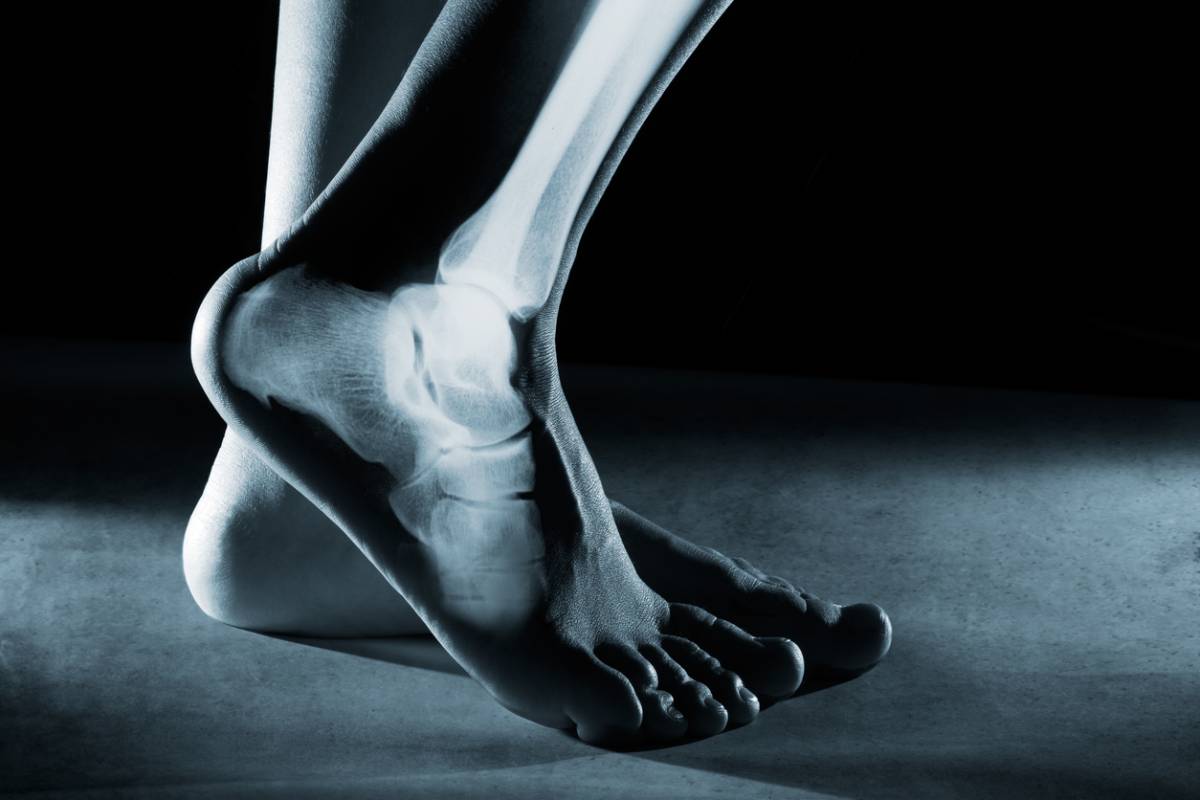Your feet are integral to your everyday life as they help you move and balance your posture. As you move, your heel is the first point of contact with the ground. Because of this, it takes a lot of pressure and stress when you move and stand. In fact, it has been shown that your heel absorbs 110% of your body weight when you walk and 200% when you run. The natural wear and tear on your heel can result in heel fat pad syndrome. Below you will find helpful tips for how to treat heel fat pad syndrome.
How to Treat Heel Fat Pad Syndrome
Depending on the severity of your heel fat pad syndrome there are a number of treatment options. Consider the following treatment options if you notice issues with your heel.
Rest and Ice:
For those who have minor heel pain, focusing on giving your heels some rest can help. While physical activity is an integral part of your long-term physical well-being, taking some time off can do your body good. Consider avoiding strenuous physical activity, carrying heavy loads, and standing for long periods (for at least one week). During that time, utilize ice to reduce any inflammation. Ice your heel for 20 minutes after any physical activity, especially activities that cause heel pain.
Footwear and Orthotics:
Minor to moderate cases of heel pain may be addressed with more supportive footwear or orthotics. Working with a skilled podiatrist can help you find the right footwear for your unique issues. They can also prescribe you custom orthotics that are made specifically for your feet.
Heel Fat Pad Augmentation:
For those who have advanced heel pain and heel pad deterioration, fat pad augmentation may be necessary. There are two types of heel fat pad augmentation procedures. The first one involves your own fat being placed or repositioned into your heel. The second involves the use of synthetic grafts to cushion your heels. Both have been found to be effective in treating the pain and discomfort caused by heel fat pad syndrome.
Symptoms of Heel Fat Pad Syndrome
While heel fat pad syndrome includes pain and discomfort on and around your heel, there are additional symptoms that may indicate you have the condition. If you have any of the following symptoms, schedule an appointment with a skilled podiatrist.
- Pain that radiates from the center of your heel and can feel like a bruise
- Increased pain after physical activities, such as walking, standing, or high-impact exercises
- Tingling, cold, or burning sensation around your heel
- No pain (some people do not experience symptoms)
Risk Factors for Heel Fat Pad Syndrome
The natural wear and tear from walking, running, and moving around is one of the more common causes of heel fat pad syndrome. However, there are a number of factors that can place you at a higher risk for the condition.
- Unsupportive Footwear: Walking barefoot or wearing shoes that are unsupportive can put unnecessary pressure on your heel fat pad. Wear supportive footwear and avoid heels and flats.
- Obesity: Excess weight places too much pressure on your heels which causes your heel fat pad to wear down much quicker. Focus on low-impact physical activity to manage your weight.
- Repetitive Physical Activity: Jobs that require repetitive physical movements or sports can impact your heel fat pad. If you have to partake in repetitive physical activities, be sure and take breaks and wear supportive footwear.
Podiatry in Westlake Village
If you have foot pain, contact the team at Foot & Ankle Concepts, Inc. They are skilled in podiatry in Westlake Village and have helped countless patients manage their heel pain. Contact their office today to schedule a consultation!


